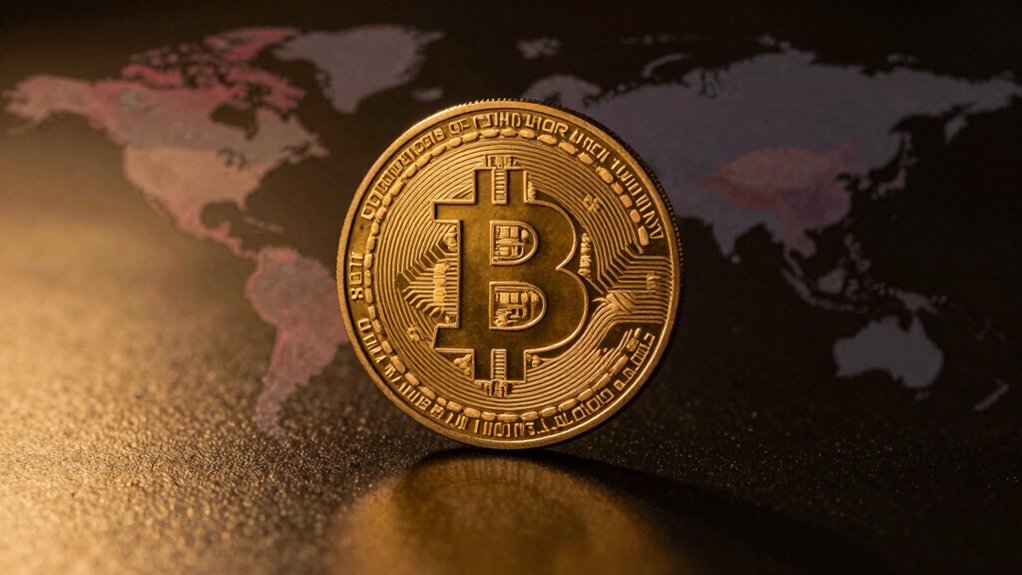Where exactly does Bitcoin’s next surge originate, if not from the predictable parade of institutional endorsements and ETF launches conveniently heralded as market salvation? The narrative that BlackRock and Fidelity’s spot Bitcoin ETFs will singlehandedly unleash a flood of capital overlooks the labyrinthine mess of crypto regulations that continue to throttle broader adoption. Institutional partnerships, while glossy on press releases, often mask the painstaking negotiations with regulators whose shifting stances inject uncertainty rather than confidence into the market. The notion that ETFs will magically commoditize Bitcoin for pension funds and sovereign wealth funds glosses over the painstakingly slow progress toward regulatory clarity, which remains the true gatekeeper of institutional influx. In fact, regulatory clarity and approval, especially in the U.S. and Europe, are crucial as they could facilitate increased capital inflows and stability, directly impacting Bitcoin’s price trajectory regulatory environment. Recent forecasts by major financial institutions reflect a wide range of price targets, underscoring how regulatory developments remain pivotal to market sentiment and price institutional forecasts. Additionally, the European Union’s implementation of the Markets in Crypto-Assets Regulation (MiCA) aims to harmonize these frameworks across member states, potentially smoothing the path for institutional adoption.
Institutional interest, lauded as the golden ticket to a $150,000-plus Bitcoin price, hinges precariously on a regulatory environment still wrestling with fundamental questions regarding custody, compliance, and market manipulation. Without definitive frameworks, these so-called partnerships risk becoming hollow gestures, mere marketing ploys designed to inflate expectations rather than actual capital commitments. The integration of Bitcoin into traditional financial platforms, touted as a beacon of acceptance, is equally contingent on regulators endorsing these moves without imposing stifling constraints that could neutralize Bitcoin’s inflation-resistant appeal. The United States, for example, treats crypto as property for tax purposes and oversees exchanges as money services businesses, illustrating the complex regulatory layers involved.
Thus, the anticipated institutional tsunami is less a fait accompli and more a high-stakes dance with regulatory bodies, where every step forward demands concessions and recalibrations. Investors who assume that institutional endorsements will automatically translate into upward price pressure ignore the complex, often adversarial interplay between crypto innovation and regulatory oversight. Bitcoin’s next surge may well depend less on headline-grabbing partnerships and more on the slow, unforgiving grind toward regulatory legitimacy that few dare to spotlight with unvarnished honesty.









